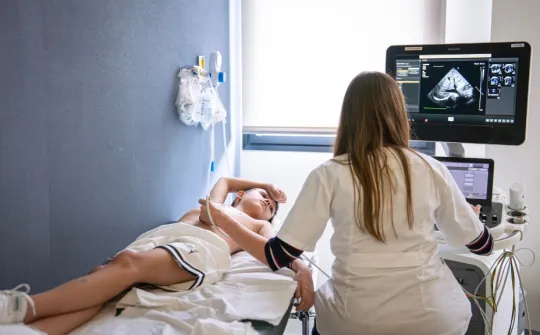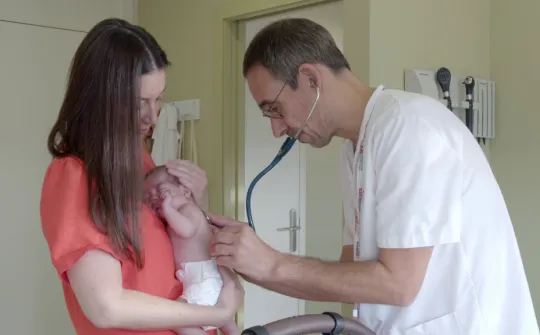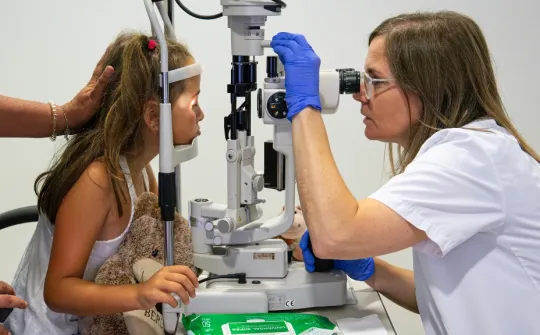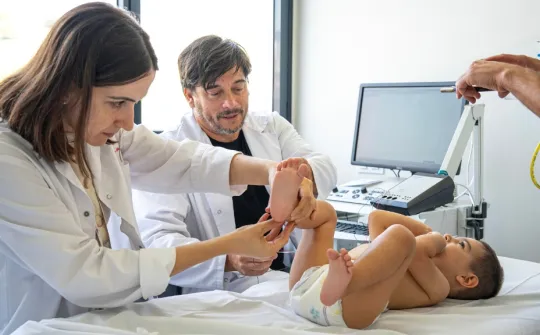The Diagnostic Imaging Department, a ground-breaking initiative in Europe in the implementation of a new 1.5T resonance system
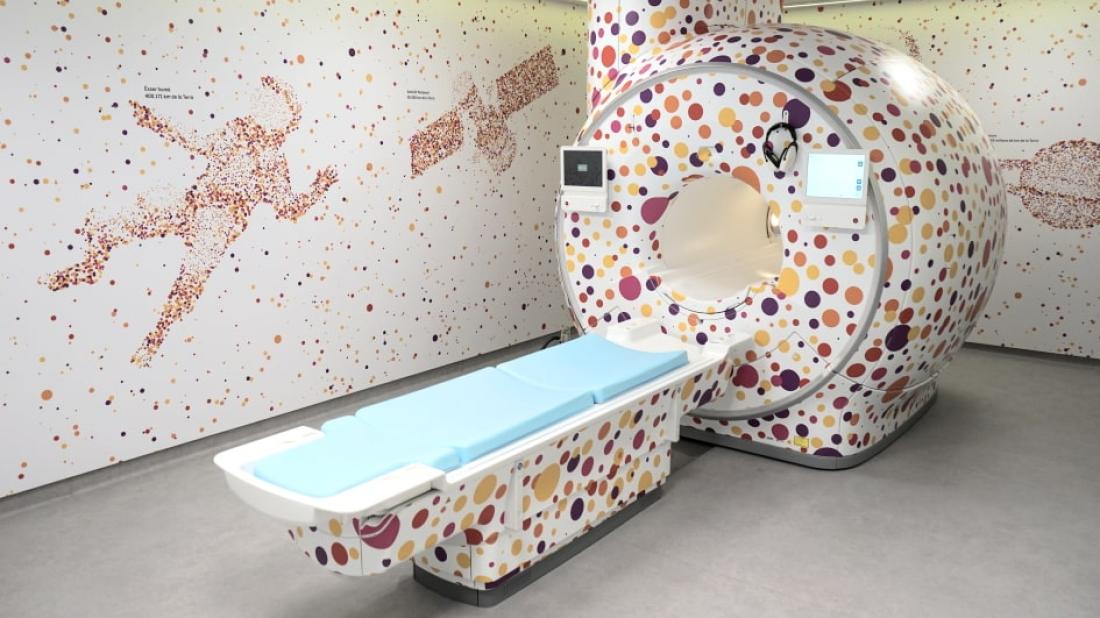
The new equipment, funded by the Catalan Government's PERT programme, will make it possible to apply advanced imaging techniques in pediatrics.
SJD Barcelona Children's Hospital has started using a new magnetic resonance device. The new 1.5 Tesla infrastructure in the Diagnostic Imaging Department replaces an older, now obsolete model and will make it possible to perform many studies that were previously impossible with the old equipment. To give just a few examples, the hospital will now be able to perform complex full-body, cardiac, oncological, foetal and neonatal studies. Furthermore, this technology is significantly faster, and in some cases, the study time can be cut down by up to 40%. This also means a reduction in the duration of anaesthesia, which some patients need for these procedures, as well as an improved experience for the patient and the family members who accompany them. It is the first device of its kind to be installed and commissioned in a children's hospital in Spain and one of just a few in Europe with this technology. This technology adds to the existing equipment of the service, which already has a 3T MRI with which all high-precision studies were being carried out until now.
70% of the funding for the equipment came from the Catalan Government's Specific Technological Renovation Support Programme (PERT), the goal of which is to phase out obsolete technology. Besides permitting the application of advanced imaging techniques, this magnetic resonance model by Phillips (the Hospital's technology partner) is more sustainable than the previous ones. Unlike classic resonance systems, which may contain up to 1500 litres of helium (used to maintain the cold and the magnetic field), this one uses a mere seven litres, thereby minimising its environmental impact. Furthermore, the smaller volume of helium and the device's seals reduce the number of incidents that could be caused by using this gas.
The change also represents an increased commitment to safety. Both the physical area surrounding the magnetic resonance system and the software that will be used afford greater safety to both patients and workers. Furthermore, for example in the case of children with implants (such as a pacemaker or a cochlear implant), the system also allows the protocol to be adjusted precisely to guarantee safe image acquisition and to reduce the artefacts produced by metallic implants.
A space redesigned with children and their families in mind
The hospital has also made the most of the new installation to analyse the experience of patients and their families in terms of use of space and to make some changes. At the entrance to the new magnetic resonance area there is a hall that channels patients towards two different rooms: the reanimation area (for patients that require anaesthesia or are waking up), and the preparation area for the mothers of newborns so that, rather than sedate them, an attempt can be made to perform the procedure after the mother has breastfed or bottle-fed her child and allowed them to go to sleep as they would normally. The objective of this ante-room is to improve the experience of the patients and their families in terms of comfort and privacy. This space is used by an estimated 9,000 children and their family members every year.
The magnetic resonance facility has also been made more child-friendly, with themed decoration based on the planets, outer space and magnetic fields. This means that children will find a spaceship with an astronaut and information about gravity, the planets and the distance between objects and planet Earth, as well as the friendly dog Laika. This theme-based decoration has been used around the entire Diagnostic Imaging Area, creating a much brighter and more orderly ambience.
Transporting and installing the device was a major logistical and technical challenge for the Hospital. A contingency plan lasting several weeks had to be implemented in which patients were referred to the magnetic resonance facility of the Surgical Block to minimise the impact on regular activity and on the waiting list. Moreover, for the device to actually reach its destination, the infrastructure team had to remove the glass windows of the Outpatient Department Entrance, disassemble the emblematic red slide, remove fire doors and make a hole in a ceiling girder to accommodate the machine, which is very tall, in the room where it is now located. Nevertheless, all this work had a minimum impact the on the Hospital's regular activity and after several days of tests the device is now fully operational.
